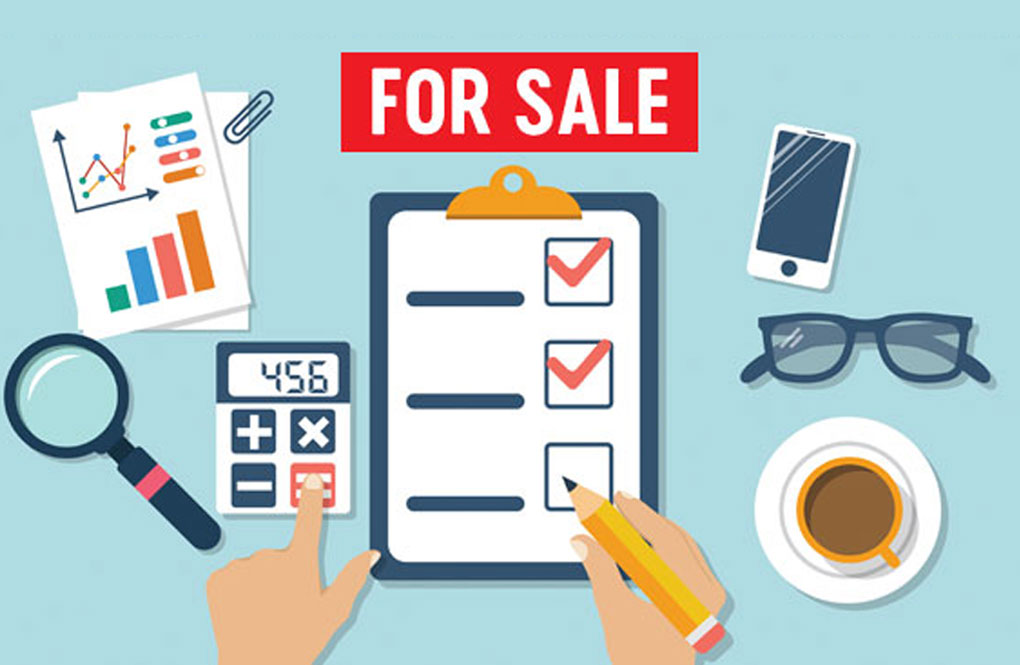The story of David and Goliath is a familiar tale, and behind it is a universally accepted paradigm that sometimes unexpected outcomes result from vastly mismatched opponents.
The concept has widespread application in just about every area of the human experience, and Pharmacy eCommerce is certainly no exception. Interestingly, it seems to apply to the digital revolution even more so.
I was recently intrigued by Malcolm Gladwell’s book of the same title. (David and Goliath https://pixelfy.me/aSczWg). Gladwell explores many David and Goliath stories from business, military history and other walks of life. Stating that David and Goliath stories are often not what they seem; and perhaps that the “Davids” had some less obvious advantages putting the odds strongly in their favour. A fascinating read, like I said.
I can’t think of a better parallel then to what we are seeing in Pharmacy eCommerce. A retailer for twenty-five years (retail pharmacist by trade), I started my first eCommerce business on Amazon in 2015 (selling automotive, of all niches). After several millions of dollars in sales, four brand creations and a bunch of successes and failures, I have seen a lot in just five years.
This “Small Beats Big” phenomenon is significant inside the Amazon marketplace. Almost across every category (certainly true in health), smaller, lighter and nimbler brands are literally outselling multinationals to a startling degree. The results are hard to believe, as Jeff Bezos (laughing all the way to the bank) details in his 2018 letter to shareholders.
I paraphrase: “Third-party (typically smaller brand) sellers are kicking our first-party (large brand) butt.” Jeff Bezos 2018.
Some facts on smaller versus bigger brands selling on Amazon:
- Smaller brand growth in the last 20 years is 52% compounding.
- Larger brand growth in the last 20 years is 25% compounding.
- It is predicted that by 2025, only one-third of items sold on Amazon will come from vendors (big brands); in 1998, this was more than 99%.
Lessons for Down Under
As Amazon grows to a predicted A$10 billion marketplace here by 2030, the questions for Australian brand owners is two-fold:
1) Should the same lessons be learned here?
2) Why has this happened? What can be learned to avoid the same pitfalls?
The answer to the first question is a resounding yes. Amazon Australia is just under three years old. As an Amazon agency, we are directly involved in watching the marketplace unfold, and we already see the familiar script playing out.
Bigger brands are approached by Amazon to list on their Australian marketplace; however, early successes are short-lived when smaller brands flood the categories and, as the months go by, overtake and win the sales race.
Simply put, smaller brands – with modest budgets, smaller brand recognition and just a handful of SKUs – are outselling larger brands on a per SKU basis.
There is nothing sinister about Amazons’ mediocre results for big brands. Amazon does a good job of getting you listed and set up. It’s in their (and the consumer’s) interest to get as many products in the catalogue as soon as possible.
At the end of the day, however, Amazon is primarily a world-class wholesaler with an “eye-watering” good logistics capability. Retailers they are not. They have a standard listing template, and all brands are treated with the same formula.
It’s perhaps hyperbole, but the Amazon approach to branding could be likened to a retailer banning the use of colour or graphics on the supermarket shelf so the customer had a recognisable, predictable experience when shopping. It leaves your brand exposed to a disrupter.
So, let’s take a closer look at why the biggest shopping website in the world advantages the Davids over the Goliaths. Perhaps this seemingly anomalous result is not unexpected. Perhaps the Davids are set up to win.
Search Behaviour
Seventy per cent of shoppers on Amazon DO NOT include a brand in their search query. Whilst it’s not brand owners want to hear, online shoppers overwhelmingly want Amazon to “show-me-whatcha-got”.
Amazon has designed its algorithm to show the customer the best-loved and best-performing products and is utterly indifferent to established brands. Clicks, buys, reviews, price, conversion and customer satisfaction power the algorithm which delights customers and drives sales.
Seller Data
Amazon loves data. The level of detail is punishing, right down to the long-tail keyword. Amazon even tells them what millions of customers are looking for and not finding. Fancy knowing that!
Smaller brands take advantage of the hundreds of tools available to maximise their narrow market and optimise their small catalogue.
It’s not that this data isn’t available to bigger brands. However, a dearth of talent when employing Amazon specialists, means it’s very much a “self-taught/trial and error” dynamic. “Self-taught/trial and error” is just not in the big brands’ playbook.
Small brand sellers fail fast, fail cheaply and master the game, whereas large, complex, generalist multinationals have too much to lose and too much on their plate.
Branding
Given Amazons’ search-behaviour-levelling effect, smaller brands can directly target big brands and often build disruptive and stunningly attractive listings that compare very favourably to the standard big brand Amazon listing.
This drives heavy conversion in favour of the smaller brands. The algorithm learns this and promotes the “better performing” smaller brand to the top of the page, further driving sales.
That smaller brands often do better than larger brands on Amazon is a David and Goliath story; initially surprising but upon examination, not so much.
It’s not that big brands can’t win on Amazon, they very much can, and they have the brand equity to capitalise on; they just need to engage in the right way to match the new reality.
– Tim Shelton is a Senior Partner at Machete Systems
Machete Systems is a leading Australian Amazon agency that works with brand owners to optimize their Amazon eCommerce opportunity. In short, we position your brand to be:
- Fully controlled by you, the brand owner.
- Discoverable by hundreds of millions of new customers both here in Australia and around the world.
Amazon is the simultaneously the biggest threat and most exciting opportunity your brand has faced in decades, and the time to take advantage is now.
For a free-no-obligation audit of your brand’s performance and potential on Amazon head to www.machetesystems.com.au













